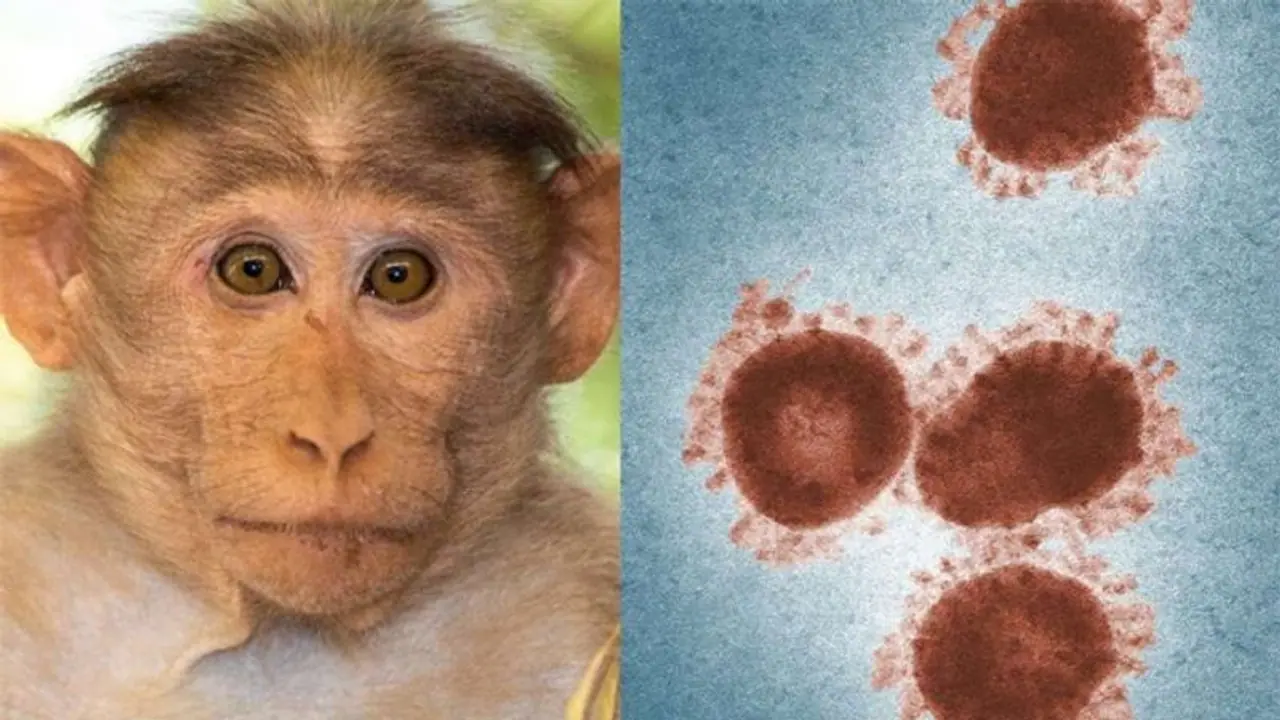Monkey Fever, or Kyasanur Forest Disease (KFD), is causing concern in Karnataka, with two deaths and numerous cases reported. Spread by monkeys, symptoms include fever, headache, and bleeding. Authorities are urging precautions, vaccination, and vigilance to prevent further spread and casualties, especially among forest-dwelling communities.
Karnataka is grappling with a concerning outbreak of Monkey Fever, also known as Kasanur Forest Disease (KFD), claiming two lives and affecting numerous individuals. Urgent action is imperative to curb the spread of this viral hemorrhagic disease, which primarily affects those living in proximity to forested areas.

Monkey Fever, scientifically termed Kyasanur Forest Disease (KFD), has emerged as a significant health threat in Karnataka, with recent reports indicating two fatalities in the state. The disease, caused by the KFD virus and commonly spread by monkeys, presents with symptoms ranging from fever, headache, and vomiting to severe muscle pain, bleeding issues, and even hemorrhagic manifestations. The outbreak has prompted authorities to issue directives urging precautionary measures, particularly among hill-dwelling communities vulnerable to the disease's transmission.
Two positive cases of Monkey Fever reported in Karnataka’s Shivamogga
Initially identified in 1957 in the Kyasanur forest of Shimoga district, Monkey Fever has since spread beyond Karnataka's Western Ghats to neighbouring states like Kerala, Maharashtra, and Tamil Nadu. The recent surge in cases, including 49 reported instances in Karnataka alone, underscores the pressing need for robust preventive measures and heightened awareness campaigns.
Symptoms:
Symptoms of Monkey Fever typically manifest abruptly, with patients experiencing fever, chills, abdominal pain, and fatigue, progressing to more severe complications if left untreated. The disease poses a significant risk to human and primate populations alike, necessitating prompt medical intervention and vigilance.
Is new JN.1 Variant a threat to India? Know about its symptom, isolation and more
Preventing the spread of Monkey Fever hinges on controlling parasites in wildlife, particularly monkeys, and administering the vaccine, which entails two doses over a month. Individuals residing near forested regions are advised to exercise caution, minimize animal contact, and maintain stringent hygiene practices to mitigate the risk of infection.
As authorities strive to contain the outbreak and safeguard public health, concerted efforts in surveillance, vaccination drives, and community education are paramount. Heightened vigilance coupled with proactive measures is crucial in curbing the spread of Monkey Fever and averting further casualties in affected regions.
